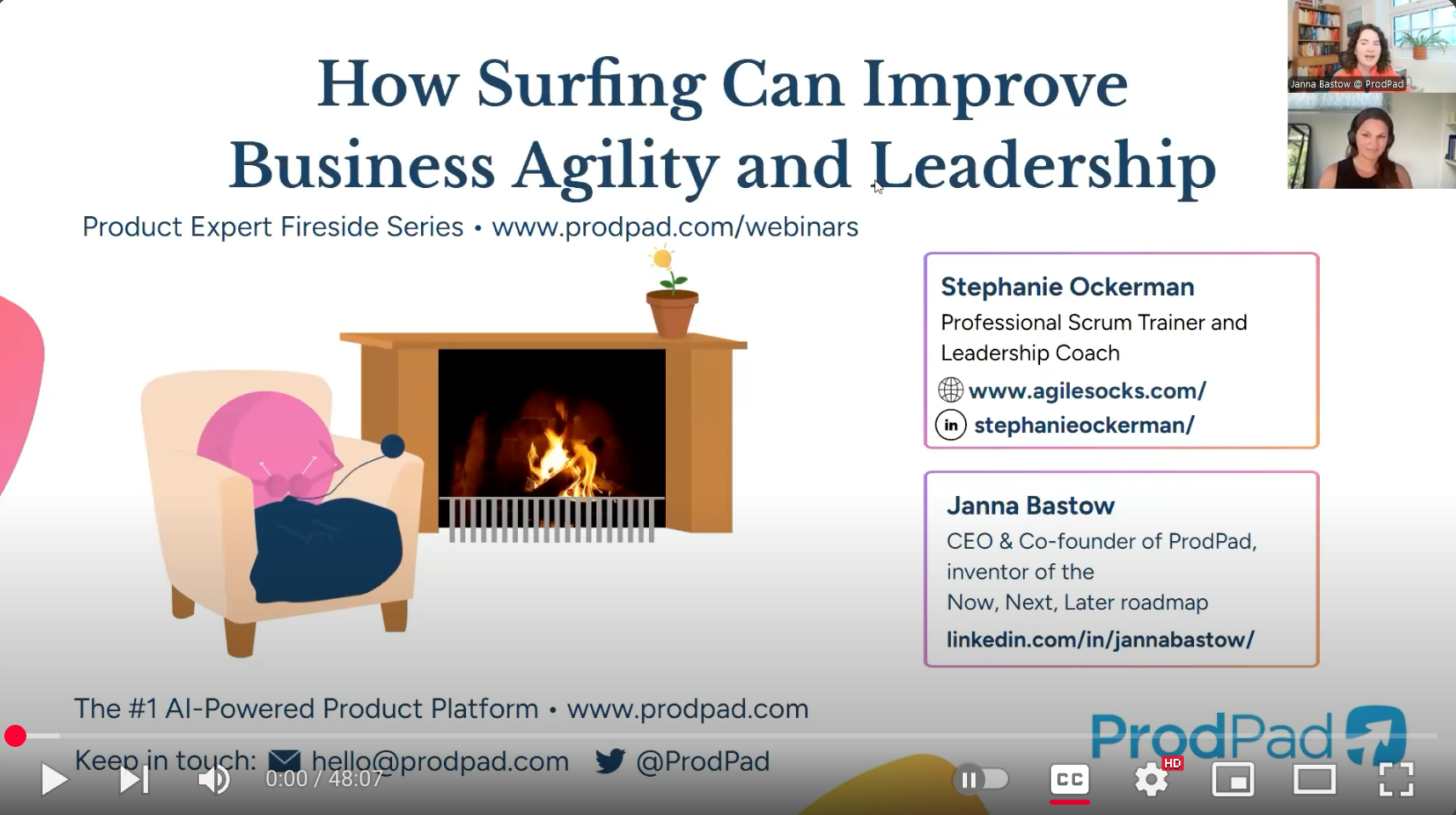
When I teach Professional Scrum courses and leadership workshops for women, the topic of how to influence people always comes up. Through experiential learning, people begin to see that the old way of doing things doesn’t work and that we need a new approach based on embracing change and incremental learning.
But how do you encourage and support others in taking a risk, to try something new?
How do you inspire trust and a desire to work together?
Well, let me tell you the one thing I see most frequently that does the exact opposite.
This shows up in non-profits, start-ups, large multinational companies, politics, community groups, families… everywhere.
If you’re thinking, that’s not me or that’s not my co-worker/ team/ family, I encourage you to take a closer look. It is not always intentional, but consider how your approach may come across to others.
Here are some examples:
They may not feel you are seeking the best outcomes for everyone. They may feel like it’s not worth the risk of being attacked or criticized to enter into the conversation, so they simply don’t. Even if personal risk isn’t of concern, they may not feel it is worth the effort to spend their energy engaging in competition.
Ultimately, the downside is:
In some cultures or environments, people are socialized to be competitive and aggressive. Beyond the messages I got in school, I have always worked in a male-dominated industry. I had to speak a little louder, work a little harder, be more prepared, and be more persistent in order to be heard, to be appreciated, and to get the opportunities I desired.
While I was successful in navigating this world, I always balanced that with a facilitative approach. I brought people together and created a space to focus on solving problems.
I eventually learned that my true nature is to be open and collaborative, to understand different perspectives, to co-create the best possible solutions. These are my superpowers. And most importantly, I learned that this is servant leadership, and it is the more effective leadership style for the complex and challenging problems we face in our world.
Now that I know this about myself, I can show up as the leader I want to be.
Yes, I still can easily get sucked into other people’s competitive and aggressive energy. And it’s a constant battle to stay self-aware enough to check myself when I do get drawn in. Passionate debate can be a good thing, but you have to consider the environment and your goals.
Now that you are aware, what do you do with that?
I don’t judge the person – I meet them with empathy. I also don’t sit back and let it happen. I kindly and directly bring transparency to the situation. And there are times when I need to walk away for a bit to protect my own energy and stay in alignment – so that I can keep showing up as the leader I want to be.
Consider areas of your life where you might be engaging in a competitive way (even if unintentional) or where you are being drawn into competition.
P.S. If you would like some support in this process, check out the Scrum Master: Grow Program.



AGILE SOCKS is a registered trademark of Agile Socks LLC. Other marks used herein are the property of their respective owners. For more information see Trademark Notice in Terms & Conditions.